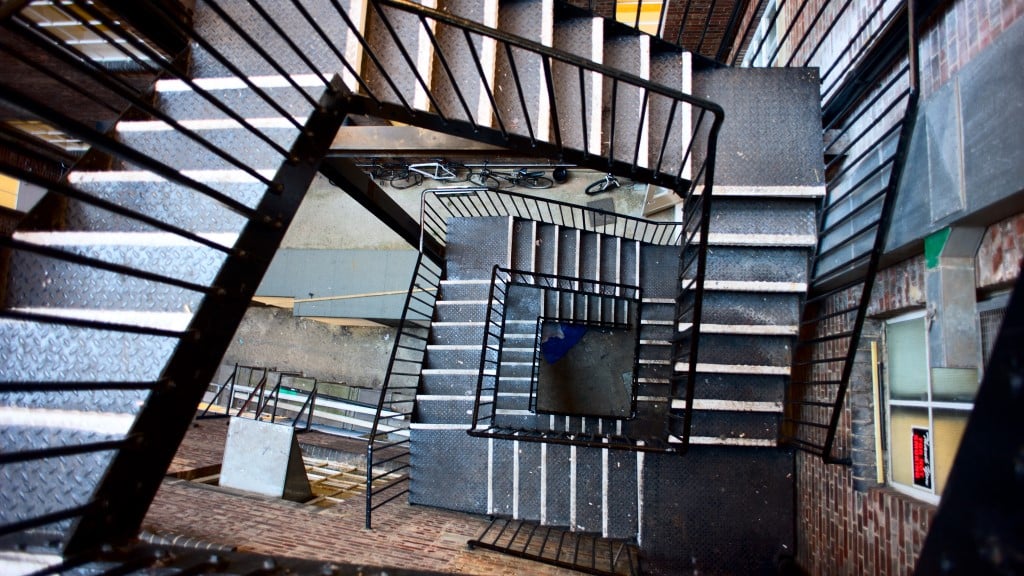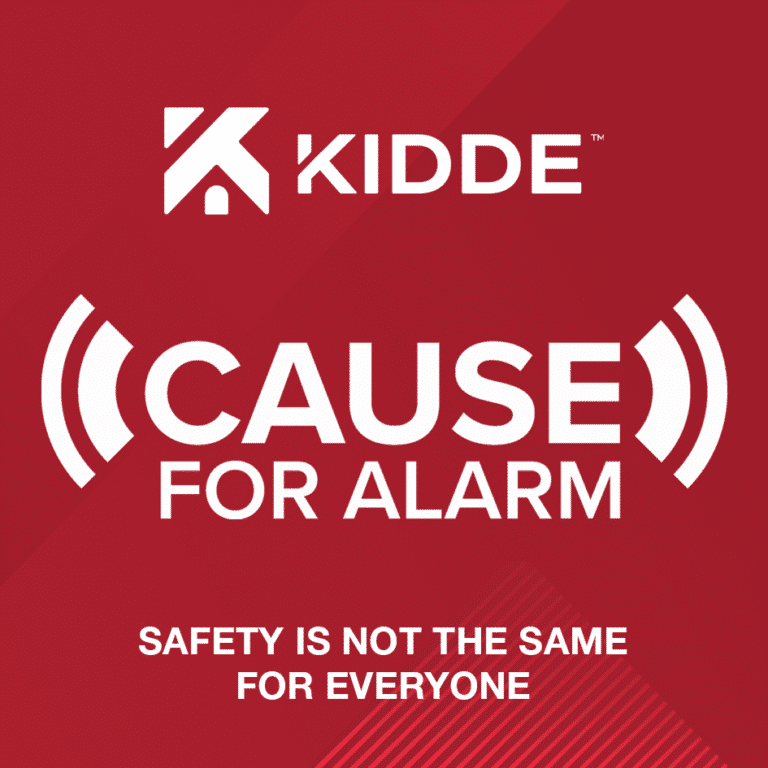Children need change: The need for fire escape plans
- November 13, 2023
- 8:01 am


Iain Hoey
Share this content
Paul Rennie, Product Manager, Kidde Europe, looks at why the number of homes without a fire escape plans is a cause for alarm
Legally, schools must have a fire escape plan and regularly practise the drill, so that staff and pupils are familiar with the procedure.
As such, children of school age are well versed in what to do in the event of a fire in their school.
However, when it comes to the home, knowing what to do depends on family and friends practising drills and testing alarms regularly.
Yet, fire safety isn’t a common practice in UK homes, and though it is a regular activity in some homes, anecdotally, it’s more rare than not.
This has dangerous consequences.
CAPT (Child Accident Prevention Trust) data shows that fire deaths are disproportionately affecting the youngest in our society, stating that children under five are at the most significant risk of fire deaths among children aged 16 and under.
As a vulnerable group that can’t campaign for themselves, we must do better for children.
This starts with educating families and providing them with the tools they need to create, practice, and implement fire safety procedures and drills.
The state of fire safety in the UK
While approximately nine in every ten UK households own a smoke alarm (93%), over one-fifth of those surveyed by the Government reported they had never tested it.
Not testing your alarm significantly increases your risk of injury or death in a fire.
In fact, research shows that without a working smoke alarm in your home, you are around 10 times more likely to die from a fire.
Messaging on fire safety typically covers what to have in your home to alert you to a fire, such as a fire or smoke alarm, and we tend to focus much less on what happens once the fire breaks out.
After all, it’s easier to assume it won’t happen to you, especially if you believe you are taking the correct precautions.
However, the threat of fire is real.
It can easily start from a simple mistake with a candle, being distracted when cooking, or an electrical fault out of your control, for example.
Children will always need our special care and attention, and we owe it to them to provide the right level of safety in our home.
The importance of fire safety plans
Fires burn fast: in less than 30 seconds a small flame can turn into a fire, and within only a few minutes your home can be filled with black smoke.
Due to soft furnishings including more plastic foams than they used to, research shows that furnishings like sofas and mattresses can now produce ten times more smoke than in the early 1980s, meaning you have less time to escape.
Given the matter of seconds you have to react to a fire, having an established escape route for each room in the house is a must, yet many households don’t.
In fact, across the pond, Red Cross research shows that only a quarter (26%) do.
Taking the time to make a fire escape plan doesn’t have to be a chore.
If you have a family, it can even be a fun activity done together.
A fire plan should include four stages:
- The power of two: two escape routes per room, practice two times a year, and practise at two times of the day.
- Knowing who will assist: establish who will support young children or people with limited mobility or health restrictions.
- Get outside and stay outside: as soon an alarm goes off leave your home, and stay outside.
- Calling the emergency services: make sure everyone in your household knows how to phone the emergency services.
Especially for younger children who haven’t practised drills, the instinct is to hide from the noise and fire rather than to escape it.
Practising the drill is, therefore, crucial to overriding their instinct.
Making fire safety a habit
The responsibility doesn’t solely lie with families and parents.
As providers of fire safety equipment, we must prioritise education beyond the products we offer, creating a holistic approach to fire safety.
Additionally, we need to find ways to deliver this message to children in a way they’ll understand, and support parents throughout the process.
Ultimately, we are the experts.
At Kidde, we’ve created a fire safety plan worksheet so families can plot out their own homes and escape routes, a digital children’s book, and a catchy jingle that parents can play with their children.
Our vision for the future is that fire safety – beyond the installation of alarms – will be a given in every home across the country.
Testing your fire alarm won’t be something you remember to do once a year, but instead once a week, and everyone in your home will be confident escaping each room.
The youngest in our society are at a greater risk of fire, and this needs to change.
It starts with making fire safety a habit today and always.


